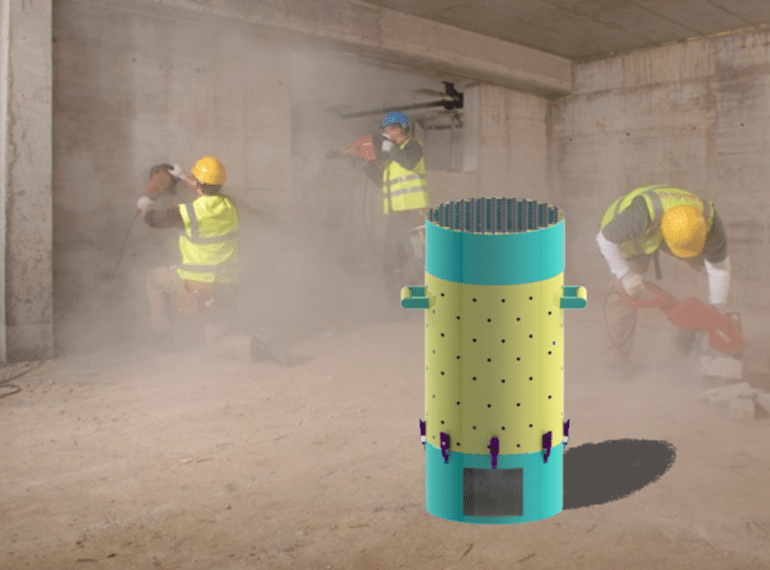
QE’s Year 12 Engineering Education Scheme team have been nominated for the Innovation prize in this year’s Constructing Excellence Awards after their design for a machine to reduce dust on construction sites impressed judges.
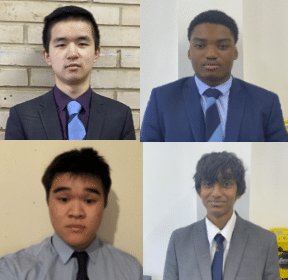 The four boys overcame the challenge of having to work through lockdown – depriving them of access to tools and of the opportunity to do a live construction site visit – to put together a fully-illustrated 66-page project report.
The four boys overcame the challenge of having to work through lockdown – depriving them of access to tools and of the opportunity to do a live construction site visit – to put together a fully-illustrated 66-page project report.
They will be hoping to follow in the footsteps of several successful QE teams of the past. In 2020, the QE entrants, working with office design company Morgan Lovell, won not only the Innovation category in the Constructing Excellence SEBCE Awards, but also the People’s Choice Award – a prize that this year’s team is eligible for, too.
Head of Technology Michael Noonan said: “These awards are competed for by adults working full-time in the construction industry, so our four Product Design students have done very well indeed to be nominated. They worked extremely hard and used their engineering, design and research skills to good effect in putting together a comprehensive and well-thought out report, which they then presented well.
“I commend them on their success and thank their sponsors, Morgan Lovell, for all their mentoring and support throughout the project.”
The team comprised leader Lucas Lu, lead designer Ben Pang, lead researcher Rohan Sira and Jayden Savage, who led on the project planning and organised the tasks to be done. Technology teacher Tony Green facilitated the boys’ involvement in the scheme.
Morgan Lovell’s Health, Safety & Wellbeing Manager, Alex Wood, set them the challenge of tackling the large amount of harmful dust found on construction sites.
Workers normally guard against inhaling dust either by wearing face masks or by using square-shaped dust-reduction devices, such as the one made under the tradename, DustCube.
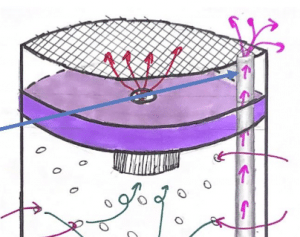 The boys had the option of either improving on the ‘DustCube’-type device – they actually stripped one down to investigate how it worked – or of designing an entirely new product.
The boys had the option of either improving on the ‘DustCube’-type device – they actually stripped one down to investigate how it worked – or of designing an entirely new product.
Having identified a number of drawbacks with the existing machine, including the high cost of replacing their HEPA (high efficiency particulate air) filters, they chose the latter route.
After exploring no fewer than 13 concept ideas and producing more detailed analyses of around half of these, the team eventually devised a product that they dubbed the ‘Dust Cylinder’– since it was cylindrical, not cube-shaped.
Ben says: “It makes use of a water filtration system: essentially, the dirty air is passed through a tank of water, all of the dirt is trapped and suspended within the water tank, and all of the clean air is released back into the room.”
It has, he says, a number of advantages over machines currently on the market:
- The ease with which operator will be able to tell when the water needs to be changed.
- Minimal maintenance costs
- The high volume of air it can filter
- Its ability to filter particles smaller than those removed by HEPA filters.
“All of this was done either in school, or at home (during the lockdown). Doing the work at home meant that we we were unable to manufacture the actual product due to a lack of tools. We faced many issues ranging from poor internet connection to glitches with the conferencing software.”
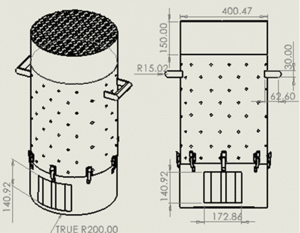 With coronavirus restrictions ruling out a physical visit to a site, Mr Wood instead arranged for them to make a virtual site visit to 80 Charlotte Street in Fitzrovia, London, where the interior was being renovated by Morgan Lovell.
With coronavirus restrictions ruling out a physical visit to a site, Mr Wood instead arranged for them to make a virtual site visit to 80 Charlotte Street in Fitzrovia, London, where the interior was being renovated by Morgan Lovell.
After delivering their presentation online, the team were exhilarated to find out that they had reached the finals of the Innovation category, says Ben.
“We were never expecting to make it this far, especially considering the fact that almost all of the other teams consist of people who do this kind of thing for a living – to to be pitted against them is a huge honour.”
The Constructing Excellence SECBE Awards virtual ceremony will take place on 1st July. Online voting for the People’s Choice Award is expected to open early next month.
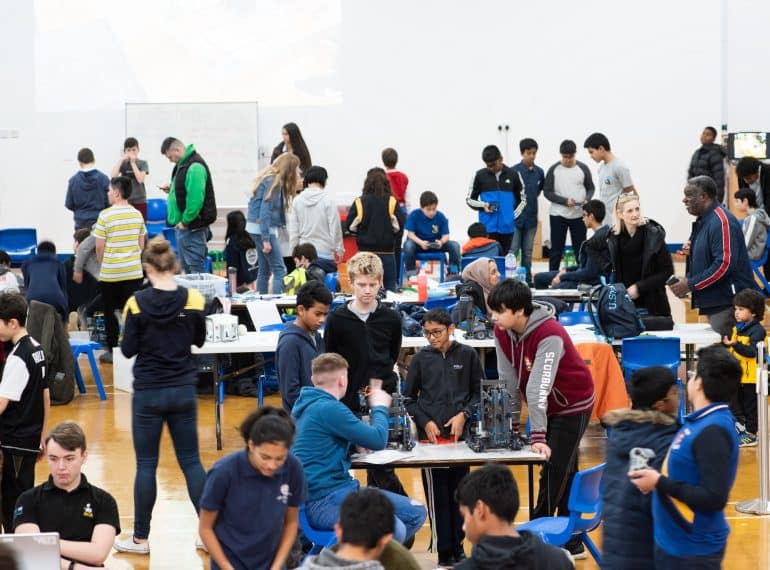
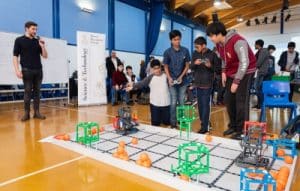 Head of Technology Michael Noonan said: “By the time they reached this competition, the boys definitely had the right mindset and the right strategy, having drawn on their past experience of robotics to develop a robot capable of taking on this season’s challenge. They handled the pressure on the day well and rightfully enjoyed the celebrations after their victory.”
Head of Technology Michael Noonan said: “By the time they reached this competition, the boys definitely had the right mindset and the right strategy, having drawn on their past experience of robotics to develop a robot capable of taking on this season’s challenge. They handled the pressure on the day well and rightfully enjoyed the celebrations after their victory.”
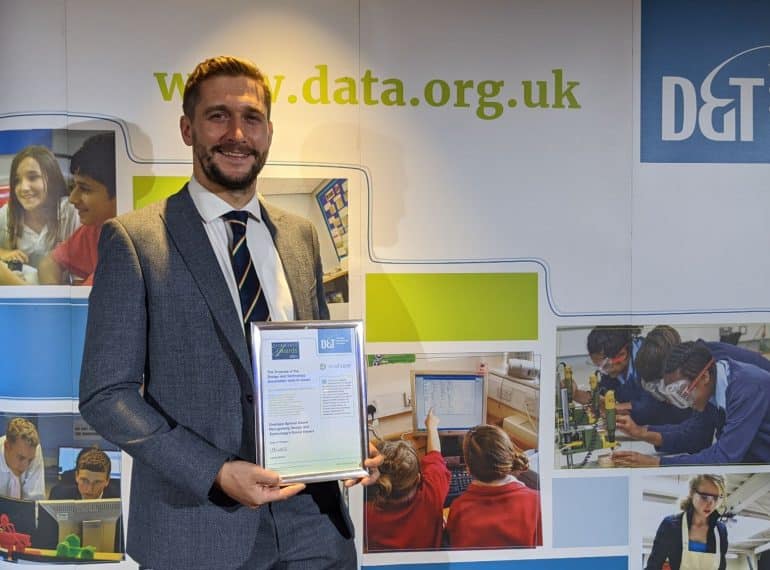
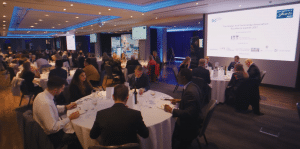 Mr Noonan spearheaded a London-wide effort by schools’ Design & Technology departments to 3D-print face shields and stave off a looming crisis as hospitals’ supplies of PPE ran low when Covid-19 cases soared in spring 2020.
Mr Noonan spearheaded a London-wide effort by schools’ Design & Technology departments to 3D-print face shields and stave off a looming crisis as hospitals’ supplies of PPE ran low when Covid-19 cases soared in spring 2020. The DTA’s Chief Executive Officer, Tony Ryan, also congratulated him on his “positive impact at a time of crisis”, adding: “Through your efforts and those of other D&T departments across the country, we showed the real value of our subject.”
The DTA’s Chief Executive Officer, Tony Ryan, also congratulated him on his “positive impact at a time of crisis”, adding: “Through your efforts and those of other D&T departments across the country, we showed the real value of our subject.”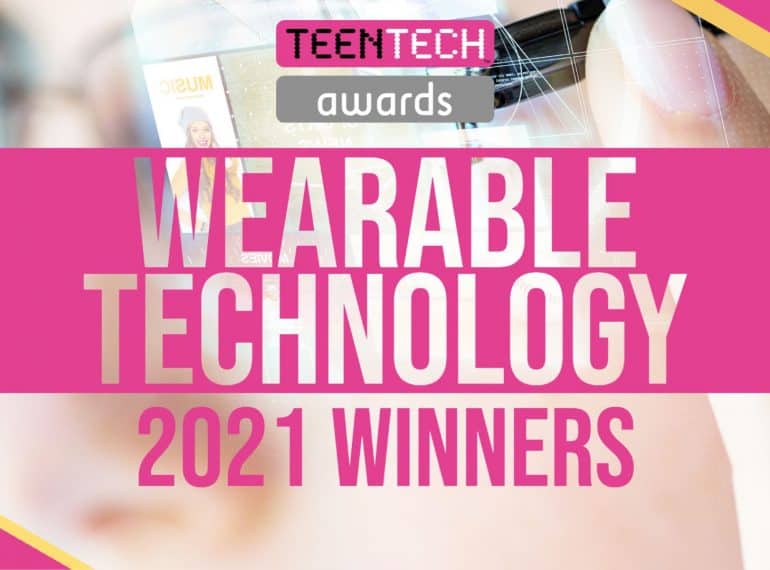
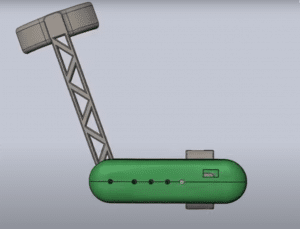 Anubhav Rathore and Heemy Kalam’s Flex-Charge – a device that harvests the energy of arm and leg movements to generate electricity – won the Wearable Technologies category of the 2021 TeenTech Awards.
Anubhav Rathore and Heemy Kalam’s Flex-Charge – a device that harvests the energy of arm and leg movements to generate electricity – won the Wearable Technologies category of the 2021 TeenTech Awards. The final was hosted by veteran technology reporter Maggie Philbin, CEO of the TeenTech educational charity, and included contributions from celebrities with ‘tech’ connections, including Professor Brian Cox, journalists Kate Russell and Rory Cellan-Jones, TV presenters LJ Rich and Dallas Campbell, Stephen McGann (Dr Turner in TV’s Call the Midwife), Dallas Campbell, and Dr Suzie Imber, Associate Professor in Space Physics at Leicester University.
The final was hosted by veteran technology reporter Maggie Philbin, CEO of the TeenTech educational charity, and included contributions from celebrities with ‘tech’ connections, including Professor Brian Cox, journalists Kate Russell and Rory Cellan-Jones, TV presenters LJ Rich and Dallas Campbell, Stephen McGann (Dr Turner in TV’s Call the Midwife), Dallas Campbell, and Dr Suzie Imber, Associate Professor in Space Physics at Leicester University.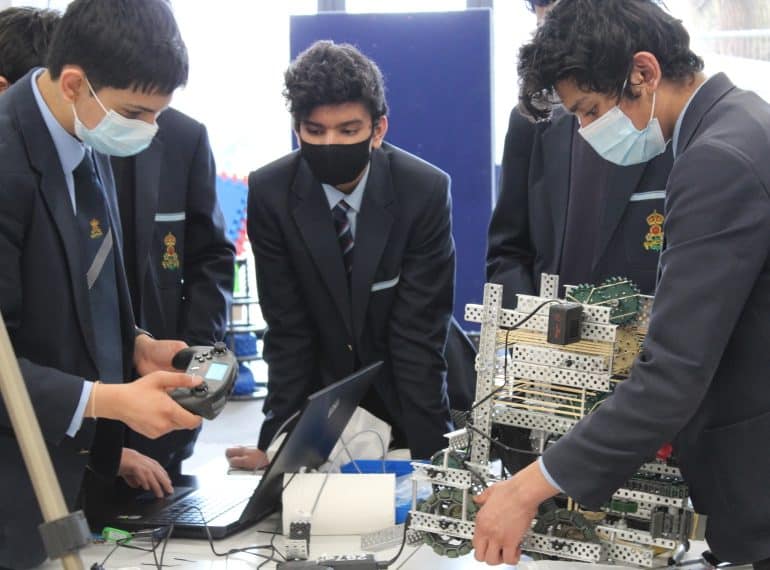
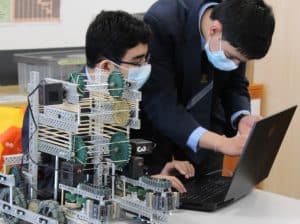 Building on QE’s strong international reputation in robotics established over the past five years, four senior and five junior teams qualified for the global VEX finals, which are usually held in the US but this year were run online because of the pandemic. Teams also took the opportunity to compete in offline, in-person events locally, including one hosted by QE.
Building on QE’s strong international reputation in robotics established over the past five years, four senior and five junior teams qualified for the global VEX finals, which are usually held in the US but this year were run online because of the pandemic. Teams also took the opportunity to compete in offline, in-person events locally, including one hosted by QE.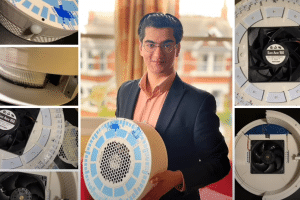 At a VEX IQ Showcase held at QE, Gearsquad not only won the Teamwork award – jointly with GCA Gearers, a team from Greig City Academy in Haringey – but also took the Excellence award, as a result of which they have already qualified for next year’s world championships.
At a VEX IQ Showcase held at QE, Gearsquad not only won the Teamwork award – jointly with GCA Gearers, a team from Greig City Academy in Haringey – but also took the Excellence award, as a result of which they have already qualified for next year’s world championships.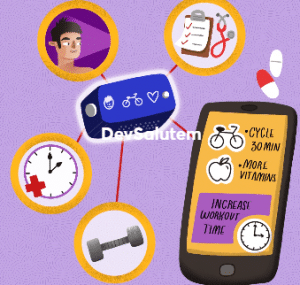 The pairing of Dhruv Syam and Ashwin Sridhar (now Year 12) – Team Salutem Validus – reached the final of the Amazon Longitude Prize Explorer competition with DevSalutem, their AI-powered wellbeing assistant with a companion app.
The pairing of Dhruv Syam and Ashwin Sridhar (now Year 12) – Team Salutem Validus – reached the final of the Amazon Longitude Prize Explorer competition with DevSalutem, their AI-powered wellbeing assistant with a companion app.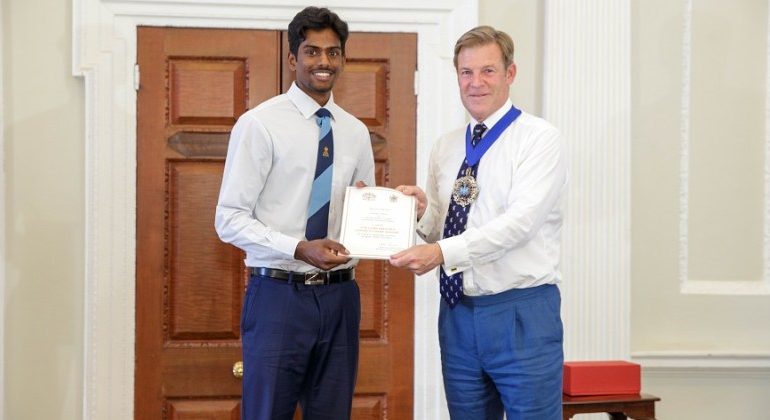
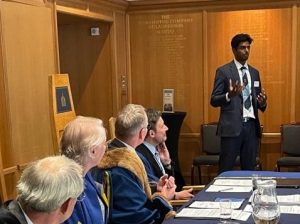 Ukendar, who is an apprentice with the Worshipful Company of Scientific Instrument Makers (WCSIM), was presented with the Lord Mayor’s COVID-19 Livery Award by the Lord Mayor of the City of London, William Russell. The award recognises the contribution made by livery company members during the COVID-19 pandemic.
Ukendar, who is an apprentice with the Worshipful Company of Scientific Instrument Makers (WCSIM), was presented with the Lord Mayor’s COVID-19 Livery Award by the Lord Mayor of the City of London, William Russell. The award recognises the contribution made by livery company members during the COVID-19 pandemic.
 The four boys overcame the challenge of having to work through lockdown – depriving them of access to tools and of the opportunity to do a live construction site visit – to put together a fully-illustrated 66-page project report.
The four boys overcame the challenge of having to work through lockdown – depriving them of access to tools and of the opportunity to do a live construction site visit – to put together a fully-illustrated 66-page project report. The boys had the option of either improving on the ‘DustCube’-type device – they actually stripped one down to investigate how it worked – or of designing an entirely new product.
The boys had the option of either improving on the ‘DustCube’-type device – they actually stripped one down to investigate how it worked – or of designing an entirely new product. With coronavirus restrictions ruling out a physical visit to a site, Mr Wood instead arranged for them to make a virtual site visit to 80 Charlotte Street in Fitzrovia, London, where the interior was being renovated by Morgan Lovell.
With coronavirus restrictions ruling out a physical visit to a site, Mr Wood instead arranged for them to make a virtual site visit to 80 Charlotte Street in Fitzrovia, London, where the interior was being renovated by Morgan Lovell.